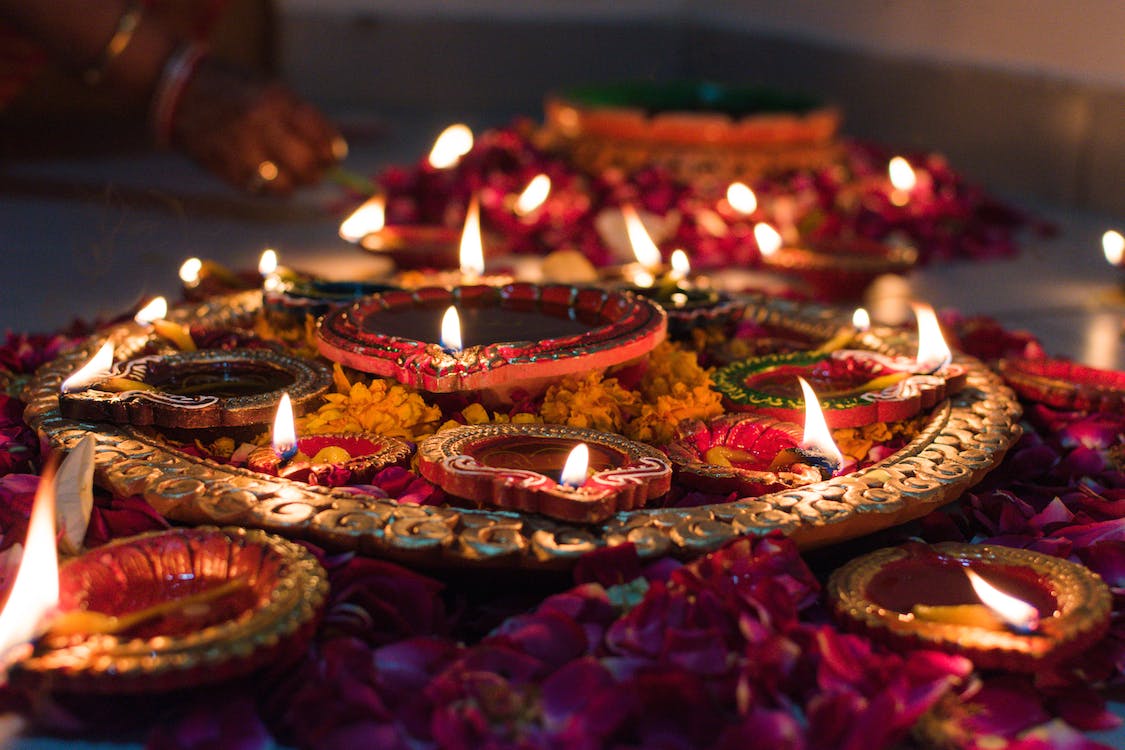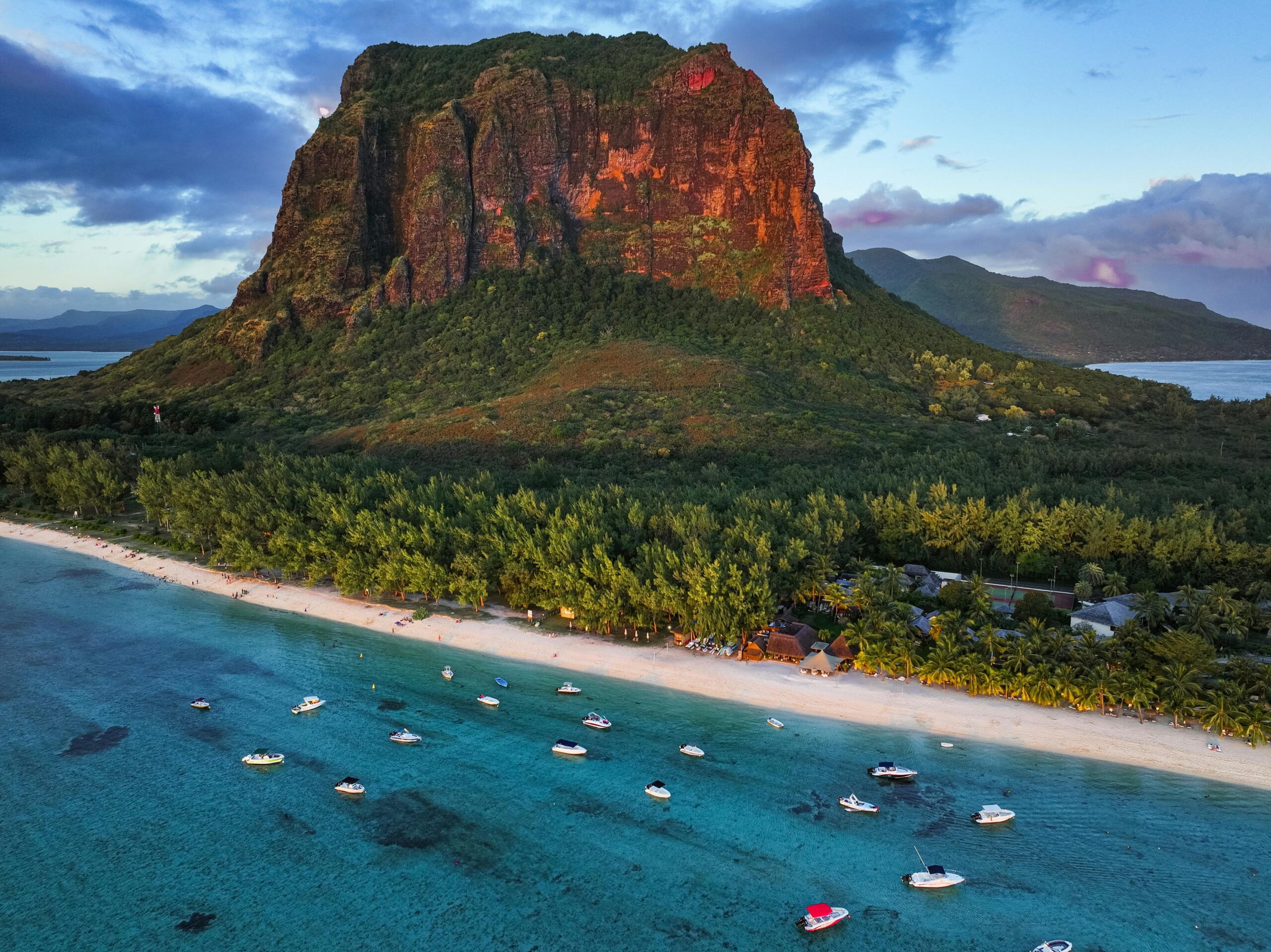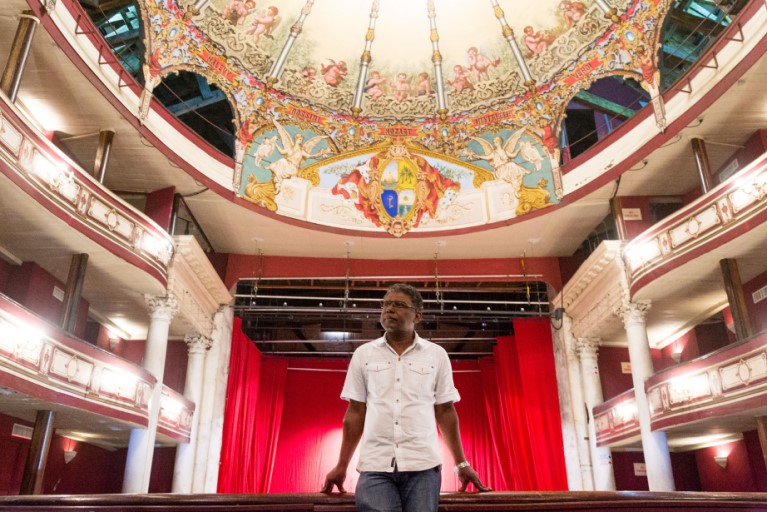Doub-doub, doub-doub. The music of the Indian Ocean’s southern islands draws inspiration from the cadence of the heart, described as a “ternary rhythm.” These beats are found in the salegy of Madagascar, the maloya of Réunion Island, and the sega-tanbour of Rodrigues. Each style adopts unique characteristics based on the cultural origins of its people and the instruments developed or inherited. In Mauritius, the music is rooted in sega, a genre that enriches contemporary music with its vibrant tones.
Doub-doub-dab, doub-doub-dab. The rhythm of sega, in a 6/8 time signature, emerged among the slaves brought to the island during the colonial era. Sega originated primarily on the ravanne, a type of drum made from goat skin. This skin, cleaned, dried, and treated, was stretched over a wooden frame, heated over a fire, and played close to the heart.
Hearth to Heartbeat

Traditional sega, referred to as “sega tipik” in Mauritian Creole (meaning “typical sega”), carries the sorrows of past generations. Many old stories, such as Larivier Tanie, a local heritage lullaby, were passed down orally, their authors unknown. The Creole lyrics narrate the struggles of battered women, sexual fantasies, the harsh lives of field workers, the scourge of alcoholism, and the exile from the Chagos Archipelago.
Great voices, like those of Ti Frère and Chagossian Charlesia, have conveyed this heartfelt poetry. With an infectious tempo, sega transcended social boundaries, evolving from a fireside celebration to the sophisticated “sega salon.” Serge Lebrasse, a fair-skinned teacher, popularized sega across different social strata, much like the more recent contributions of singer Sandra Mayotte, who added a touch of prestige. Furthermore, sega entered the hospitality industry, reaching a broader audience, including foreigners. The structuring of sega groups and professionalization of musicians allowed local music to mature.
Through bands like Cassiya and Zotsa, among many others, sega has spread across the island, even reaching other regions and continents like Europe and Asia. Thanks to sega, Mauritian artists have “crossed the oceans.” Some, like Denis Azor with his hit “Alalila,” have achieved international stardom.
“Seggae Mo Lamizik”

In the 1980s, the sounds of Jamaica began to inspire descendants of Africans, with lyrics defending their identity and origins. A small, isolated community discovered Rastafarianism through Bob Marley and Peter Tosh cassettes. Villagers in Chamarel, nestled in the heights of Rivière-Noire, started learning reggae with rudimentary instruments, blending sega into their creations. This accidental mix evolved into seggae (a fusion of “sega” and “reggae”). One of its pioneers, Kaya (real name Joseph Reginald Topize), drew tens of thousands to his concerts and built a strong reputation in Réunion, captivated by this new rhythm. Kaya’s profound poetic lyrics continue to resonate 25 years after his death in police custody.
Descendants of Indian indentured workers also incorporated sega into their music. In the past century, groups like Bhojpuri Boys carried this style, singing in Creole and Bhojpuri. The term “bhojpuri” also describes this music. Besides the triangle, ravanne, and maravanne, this sega features Indian drums like the tabla, dholak, and thappu. These instruments are heard in other local works, with socially engaged lyrics by Siven Chinien and Bam Cuttayen, philosophical verses by Kaya, and more recently, the dancehall of Bigg Frankii or Bomboclak, popular figures on social media.
“Jaz Net”

Modern times have seen deeper exploration of sega-rock fusion. Convincing examples of this blend date back to the “Flower Power” era, with albums like “Soul Sok Sega” highlighting ternary rhythms in rock and pop arrangements. Artists like Menwar, Roland Fatime, and Claudio Veeraragoo, featured on this album, incorporated avant-garde rhythms with electric guitar solos and psychedelic piano bursts. Today, rock bands like Apostrophe and Divolter carry the torch, with the annual Underground Rock Festival celebrating sega-rock.
Similarly, electro-sega has emerged. Decades ago, a few DJs ventured into this unexplored territory, gaining prominence in Réunion with electro-maloya. The Babani collective in Mauritius pioneered electro-sega, blending ternary rhythms with BPM (beats per minute) to create trance-like effects on audiences.
Alongside these popular evolutions of sega are sega-jazz, sega-hip hop, and sega-opera. Sega-jazz attracts young heirs, notably through the Mo’Zar Workshop. The annual Mama Jaz festival showcases the convincing developments of this fusion and sega-blues. The 2000s saw a proliferation of bands like OSB, Evolozik, and System R, addressing social issues with RnB and ragga-dancehall influences, incorporating ternary rhythms. Sega-opera thrives with the efforts of Cholo Trio and Moris Orkestra, who have made audiences dance during symphonic concerts thanks to sega!
The roots of sega lie in Mauritian culture, providing a unique identity and narrating our mixed origins, making our hearts beat in unison.













Comments